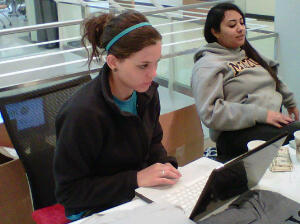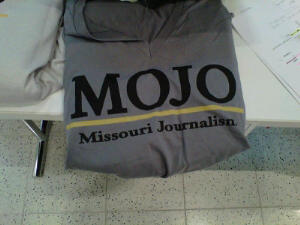During one week in November my professor showed our multimedia journalism class (J210) a few Youtube videos featuring Iras Glass. He talked about the gap which many beginners face when entering journalism:
“What nobody tells people who are beginners — and I really wish someone had told this to me . . . is that all of us who do creative work, we get into it because we have good taste. But there is this gap. For the first couple years you make stuff, and it’s just not that good. It’s trying to be good, it has potential, but it’s not. But your taste, the thing that got you into the game, is still killer. And your taste is why your work disappoints you. A lot of people never get past this phase. They quit. Most people I know who do interesting, creative work went through years of this. We know our work doesn’t have this special thing that we want it to have. We all go through this. And if you are just starting out or you are still in this phase, you gotta know it’s normal and the most important thing you can do is do a lot of work. Put yourself on a deadline so that every week you will finish one story. It is only by going through a volume of work that you will close that gap, and your work will be as good as your ambitions. And I took longer to figure out how to do this than anyone I’ve ever met. It’s gonna take awhile. It’s normal to take awhile. You’ve just gotta fight your way through.”
This quote perfectly describes how I felt throughout the entirety of J2150, especially when we started to dabble with video editing. Like Glass said, “…we have good taste”, and I know that my taste in video is great. After watching a wonderfully put together multimedia piece, I feel inspired that one day I will also possess the skills necessary to create an incredible piece of work. However, at the moment, my work is not 100 percent exemplary of my taste.
This week, after finishing my final project, I was nearly in tears. It was disappointing to see something that I worked so hard on, fail to meet my standards. There have been many times when I wanted to give up, but a career in journalism is my dream. I cannot quit because I know that the more I push, the better I will get, and the closer I will be to achieving my goals.
Despite the challenging aspect of J2150, I truly loved the experience of working with amazing equipment and editing programs. Overall, I got a pretty spectacular glimpse into the world of multimedia journalism.
Want to watch Iras Glass’ series of videos on storytelling? CLICK HERE


